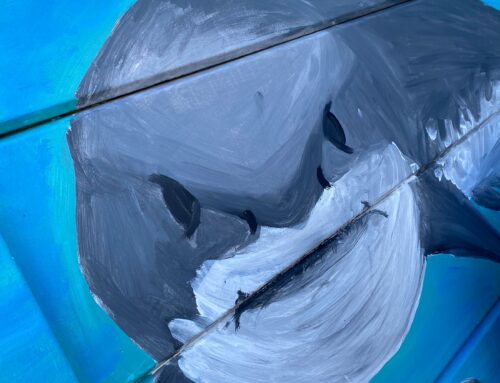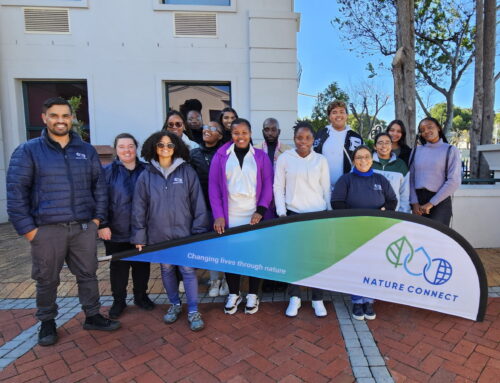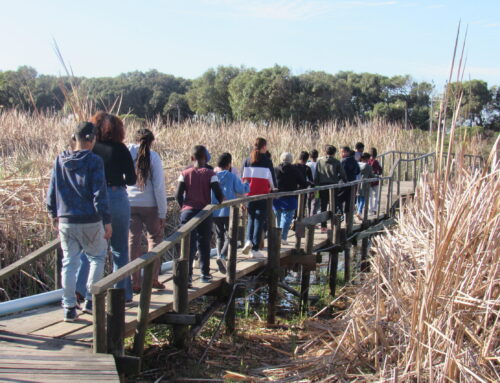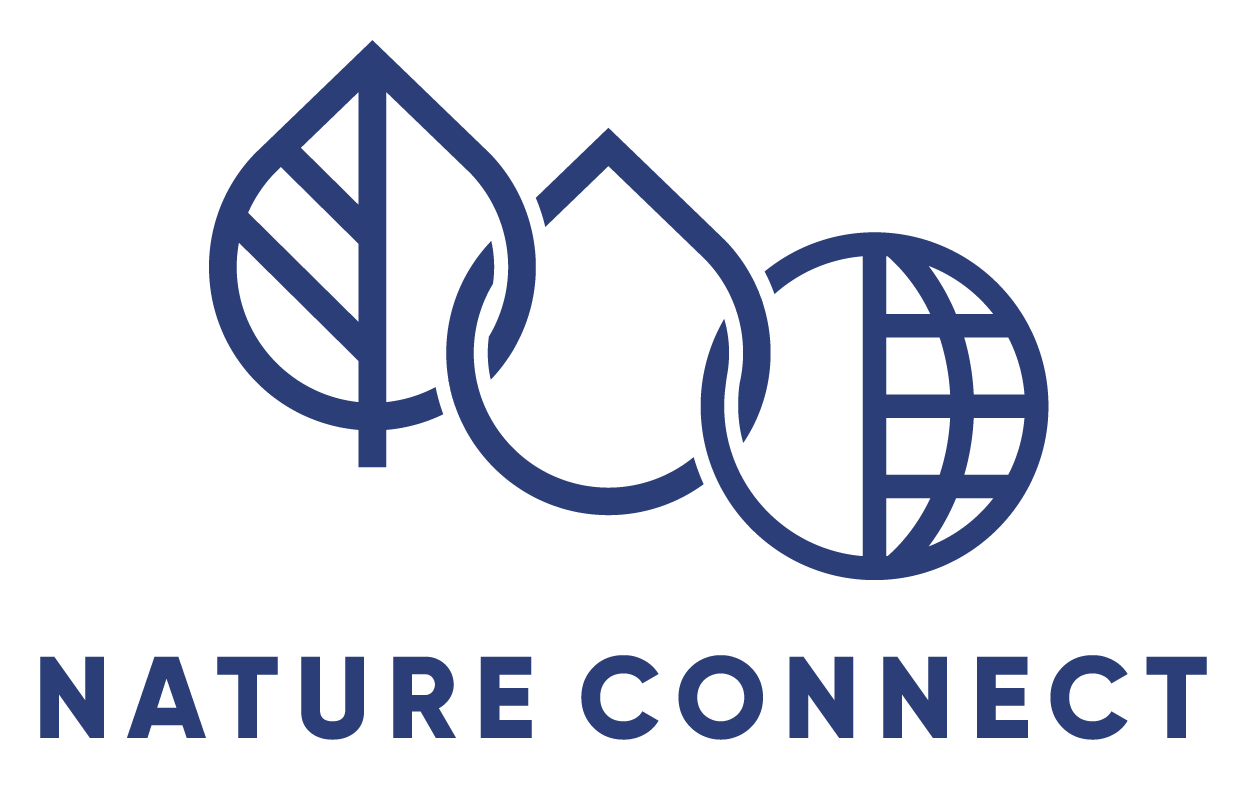Written by Lindile Masinyana
Conservation of natural resources faces numerous challenges, with the invasion of exotic species being one of the majors. Keeping up to date on new invasive alien species that pose a threat to conservation areas is essential. The Polyphagous Shot Hole Borer (PSHB) (Euwallacea fornicatus) is a serious threat to Cape Town’s urban forest. It damages trees by acting as a vector for a pathogenic fungus (Fusarium euwallaceae), which invades the xylem, preventing the transport of water and nutrients and leading to the death of the host tree. Unfortunately, there is no known insecticide effective against PSHB as it drills deeply into the wood. The only way of preventing the spread of the beetle is by isolating it and removing the environment that allows it to reproduce. Infested trees should be cut down, and the tree material handled appropriately.
Nature Connect staff had the opportunity to attend one of the training sessions on the subject, hosted by the City of Cape Town (CCT). The training was intended for formal and informal businesses that manage or work with trees and other plant material, with similar trainings still in the pipeline, according to Mashudu Phalandwa, Acting Program Manager of the Invasive Species Unit of the CCT Biodiversity Management Branch. The training aimed to educate the public on how to identify, manage, and transport infested trees to minimise the spread of the beetle as far as possible.
Trees are crucial in urban contexts because they cool our cities and towns by reducing heat generated by buildings and paved surfaces, help purify the air we breathe by absorbing pollutants, provide habitat for birds and other wildlife, provide shade, diminish noise pollution, decrease topsoil erosion, and reduce smog.
The Forestry and Agricultural Biotechnology Institute, at the University of Pretoria have produced a list of trees that the PSHB prefer to reproduce in, and these trees include the Boxelder, English oak, Japanese and Chinese maple, and London plane.
To report PSHB beetle sightings, you can do so in the following ways:
- Online, at www.capetown.gov.za/InvasiveSpecies
- Call the City of Cape Town’s Invasive Species Unit on 021 444 2357, Monday to Friday, from 07:30 to 16:00
- Send an email to [email protected]
On the 28th of March, the team at Kenilworth Racecourse Conservation Area were assessing the trees in the property and spotted some staining and holes in a London Plane tree. The team immediately notified the Invasive Species Unit of the City of Cape Town, who in turn, notified tree specialists from SANBI (Kirstenbosch National Botanical Gardens). The experts from SANBI came to assess the tree with Dr. Trudy Paap, who collected samples of the fungi to analyze. The results showed it was not the invasive Polyphagous Shot Hole Borer, but more likely the fruit-tree pinhole borer (Xyleborinus saxesenii). She advised that the infested tree and other trees at Kenilworth Racecourse be monitored.






